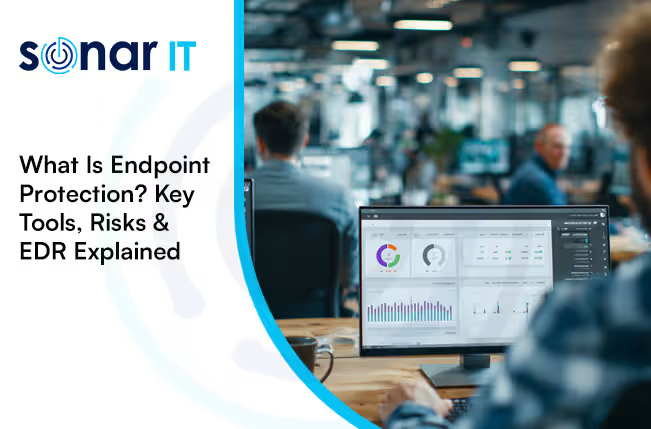Are you really downloading Zoom… or is it malware?
Are You Really Downloading Zoom… or Is It Malware? How to Stay Safe from Fake Zoom Installers
In the age of remote work, video conferencing tools like Zoom have become essential for communication, collaboration, and business continuity. But cybercriminals are now using that popularity to their advantage, disguising malware as fake Zoom downloads to trick unsuspecting users.
Whether you’re downloading Zoom for the first time or updating it for your team, it’s more important than ever to stay vigilant.
🎭 How Malware Masquerades as Zoom
These fake downloads aren’t just harmless knock-offs. Malicious Zoom installers often pop up through:
- Unofficial websites mimicking Zoom’s branding
- Phishing emails with urgent update requests
- Fake meeting invites and popup ads
- Torrent and freeware sites promoting “Zoom Pro” versions
Once installed, these malicious programs can quietly infect your device, giving hackers access to sensitive files, login credentials, and even control of your webcam or microphone. In some cases, they can install ransomware that locks you out of your system entirely until a ransom is paid.
⚠️ Why Businesses Should Be Extra Cautious
Cybercriminals are becoming increasingly clever at crafting convincing fake Zoom download pages. They use legitimate-looking logos, language, and even fake trust badges to give the appearance of authenticity. But behind the scenes, it’s a gateway to spyware, keyloggers, and data breaches.
For business owners and IT managers, this can be a costly mistake. A single infected device can quickly compromise an entire network, leading to data loss, downtime, regulatory penalties, and reputational damage.
✅ How to Protect Yourself and Your Business
To safeguard your team from fake Zoom malware, follow these essential steps:
1. Only Download from Official Sources
Always download Zoom from the official Zoom website or trusted app stores like the Apple App Store or Google Play. Avoid third-party websites or download links in emails.
2. Avoid Clicking on Suspicious Links
Be wary of unsolicited Zoom meeting invites or urgent update messages via email. These are often phishing attempts designed to lure you into clicking a malicious link.
3. Use Reliable Antivirus and Endpoint Protection
Make sure every device in your organisation is running up-to-date antivirus and endpoint protection software that can detect and block malicious installers in real time.
4. Keep Your Software and Operating Systems Updated
Regular updates patch known vulnerabilities. Enable automatic updates wherever possible to reduce risk.
🛑 What to Do If You’ve Downloaded a Fake Zoom App
If you or someone on your team accidentally installs what turns out to be a malicious version of Zoom, act fast:
- Disconnect from the internet immediately to prevent further data transmission.
- Run a full antivirus and malware scan to detect and remove threats.
- Change passwords, especially for accounts tied to sensitive data or financial systems.
- Contact your IT support provider or cyber security partner for a full forensic check and incident response plan.
🧠 Awareness Is the First Line of Defence
Educating your employees is one of the most powerful ways to prevent malware attacks. Regular training sessions, phishing simulations, and best-practice workshops can help your team recognise red flags and respond appropriately.
🔐 Stay Protected with Trusted IT Security Experts
At Sonar IT, we work with businesses across London, Essex, and the UK to strengthen their cyber resilience and protect their systems from growing digital threats, including malicious software disguised as trusted tools like Zoom.
From endpoint protection and patch management to staff training and 24/7 monitoring, we help ensure your technology is secure, up-to-date, and running smoothly.
📞 Call us today on 0203 011 0805
📧 Or email us at ontheradar@sonarit.co.uk
Let’s ensure your remote team stays connected — safely.
.svg)






